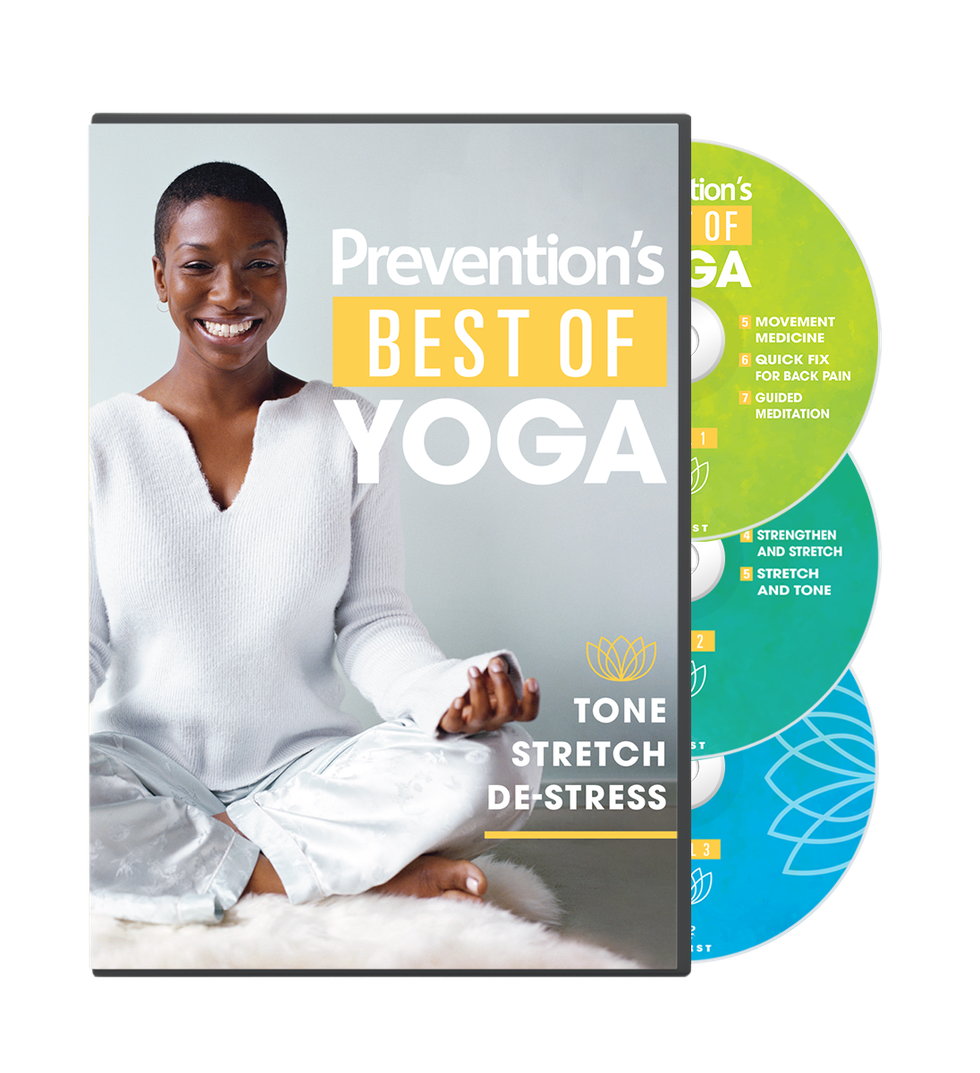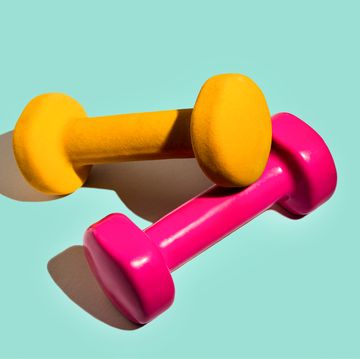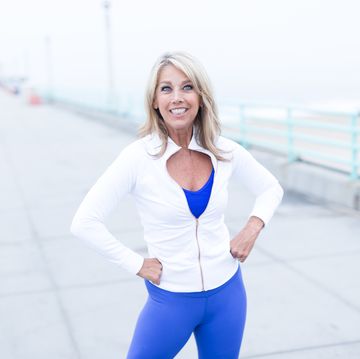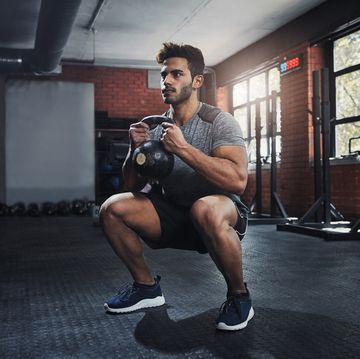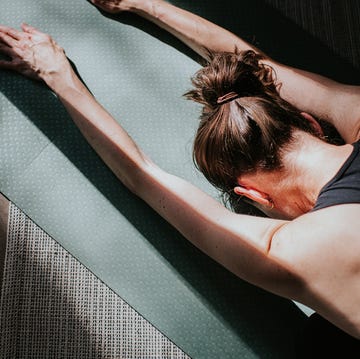13 Best Yoga Stretches to Do Every Day to Ease Stiffness and Pain
These poses will open up your whole body, increase blood flow, and make you feel stronger in no time.
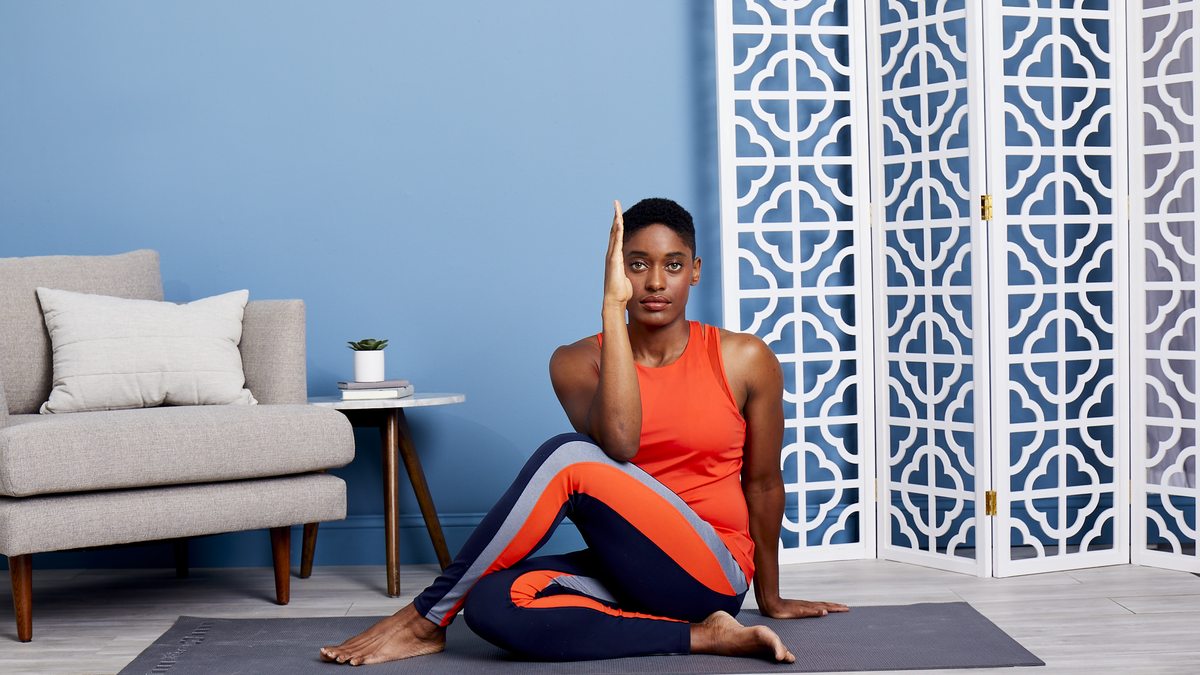
For many, yoga is a path to physical health. A solid, consistent practice can improve your strength, flexibility, coordination—and even your mental well-being. While all of these benefits are appealing, it can be difficult to know how to start your own practice. This is especially true if you're not comfortable going to a studio—and suffer from back pain and stiffness.
The image of yoga on social media can also be daunting. Some of the most popular yoga ambassadors are praised for doing acrobatic stunts and complicated stretches (which is awesome for them!). But because of that, sometimes people assume yoga is only for those who are super athletic or flexible—or who are of a certain body shape.
Know that yoga can be done by anybody given the proper modifications. And it can also be practiced in the comfort of your own home. If you're experiencing pain or stiffness, know that yoga is for you, too—and it can even help you find relief. A study published in Annals of Internal Medicine found that yoga designed for back pain can be as effective as relieving pain as physical therapy. The American Osteopathic Association says that a regular yoga practice can increase flexibility, improve energy, and help you stay protected from future injury.
So, there's never been a better time to start stretching. The poses below are some of the most common positions you'll find in yoga flows, whether you're in a class or at home. Get familiar with these essential moves (along with their modifications) so when you do hop into a flow, you can be confident that you're going to feel your best.
Equipment: See our favorite yoga mats
Hold Time for Each Position: 5–10 breaths
Adele Jackson-Gibson is a certified fitness coach, model, and writer. She earned her master's in Journalism from NYU, her bachelor's in Literature from Yale University, and has since written for various sports, fitness, beauty, and culture outlets.

Denise Austin Shares ‘Mini Squat’ Workout

Denise Austin Shares 3 Moves You Can Do ‘Anytime’
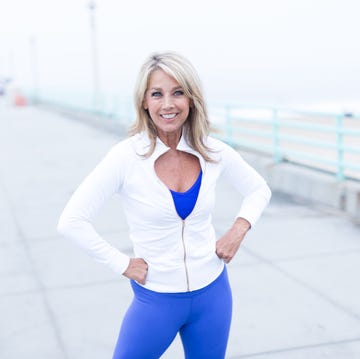
Denise Austin Demonstrates ‘Lower Belly’ Move

Denise Austin Shares Tips for ‘Strong’ Legs













